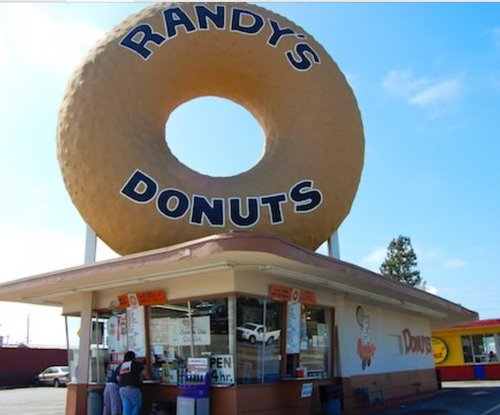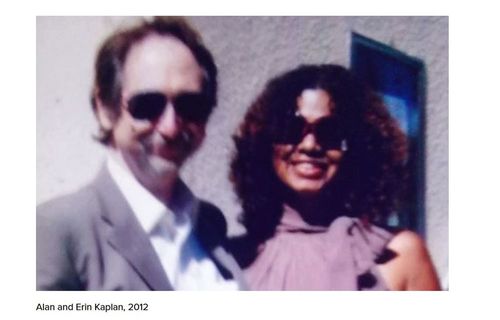
LA TIMES Columnist Declares Segregation Is Morally Superior
By Steve Sailer
11/27/2017

It’s widely asserted that blacks live in locations inconvenient to jobs, which sounds plausible until you look at a map.
For example, Inglewood, CA is a municipality west of Los Angeles next door to LAX, which is the third busiest airport in America and a huge jobs generator. The climate in Inglewood is superb six miles from the beach, and transportation is tremendously convenient. It would be an ideal location for frequent fliers to live, except that it’s under the flight path to LAX.
Fortunately, jetliners have been getting less noisy since the 1960s, earplug quality is improving, and the government has been paying for sound-proofing homes in Inglewood for decades.
So Inglewood blacks, who pushed white residents out in the 1960s and 1970s, are now worried that whites might come back.
From the Los Angeles Times:
Op-Ed Whites are moving back to Inglewood. There goes our neighborhood.Inglewood in the 2010 Census was 51% Hispanic, 44% black, and 3% white. The mayor is still black though, but half the City Council is Latino.Erin Aubry Kaplan
[Pictured right — Ms. Kaplan with husband Alan.]
… I grew up in and around Inglewood and have lived here for the last 13 years. Walking home with my dogs three weeks ago, I was approached by a young white woman who, like me, is an animal lover. Turns out she and her husband had moved into the neighborhood recently. “We like it so far,” she said brightly. Like it? I felt a rush of resentment at a remark that to her, I’m sure, was perfectly innocent. All I could think was: White folks abandoned Inglewood, and now they’re coming back with no memory or acknowledgment of all that, expecting neighborliness?
… But black people in particular will feel the sting. We will be out not just apartments and homes we can afford to rent or pay the mortgage on. We will lose our space, our place.
It’s an enduring American truth: Whatever black people have can be taken away. “Space” and “place” encompass something complex — community, which is our capital and always has been. In lieu of economic wealth, we lay down roots, we build social cohesion out of the vacuum created by white flight, avoidance and indifference.
The pattern of shrinking black space is hardly new, by the way: Over the years, immigration and Latino growth remade traditionally black areas like South Central and Compton and Inglewood too.
But today’s white influx feels particularly ominous, like the worst of our bad history looping back on itself.In other words, it’s okay to hate on whites in the L.A. Times, but not on Mexicans.
Once again our places are tethered to what white people want, what they decide is acceptable, valuable.Since the 1960s, however … But who in Los Angeles can remember the riots of 1965 and 1992 in Los Angeles when Wilmington, N.C. in 1898 is so much more causally relevant?It’s an enduring American truth: Whatever black people have can be taken away. History is rife with ugly examples, from the burning down of the black business district in Tulsa, Okla., in 1921, to the violent ousting of black leadership in Wilmington, N.C., in 1898 — considered the first and only coup on American soil. Indeed, most race riots before the 1960s involved angry white people running black people out of spaces they didn’t want them to occupy.
… He represented a widely held belief in real estate, one that’s still in place: Whites improve and stabilize a neighborhood, blacks do the opposite. …As I’ve been saying for a number of years, the gentrification of South-Central L.A. is one of the biggest but riskiest real estate opportunities of the 21st Century.A confession: My late husband moved with me to Inglewood in 2004. He was white, Jewish to be exact. But he was an outlier, a guy who grew up in the working-class Valley whose racial politics were radical enough to make moving into a black, thoroughly ungentrified neighborhood not a big deal. …
Fifty years ago, Inglewood’s white residents saw black newcomers not as neighbors but invaders, existential threats to their property values and to an ironclad social order. They could not, would not, live where we lived. The fact that whites are coming back to this once very contested space is not, I fear, evidence of the meaningful integration that has long eluded us. It’s a warning that my black community is, once again, irretrievably at risk.

